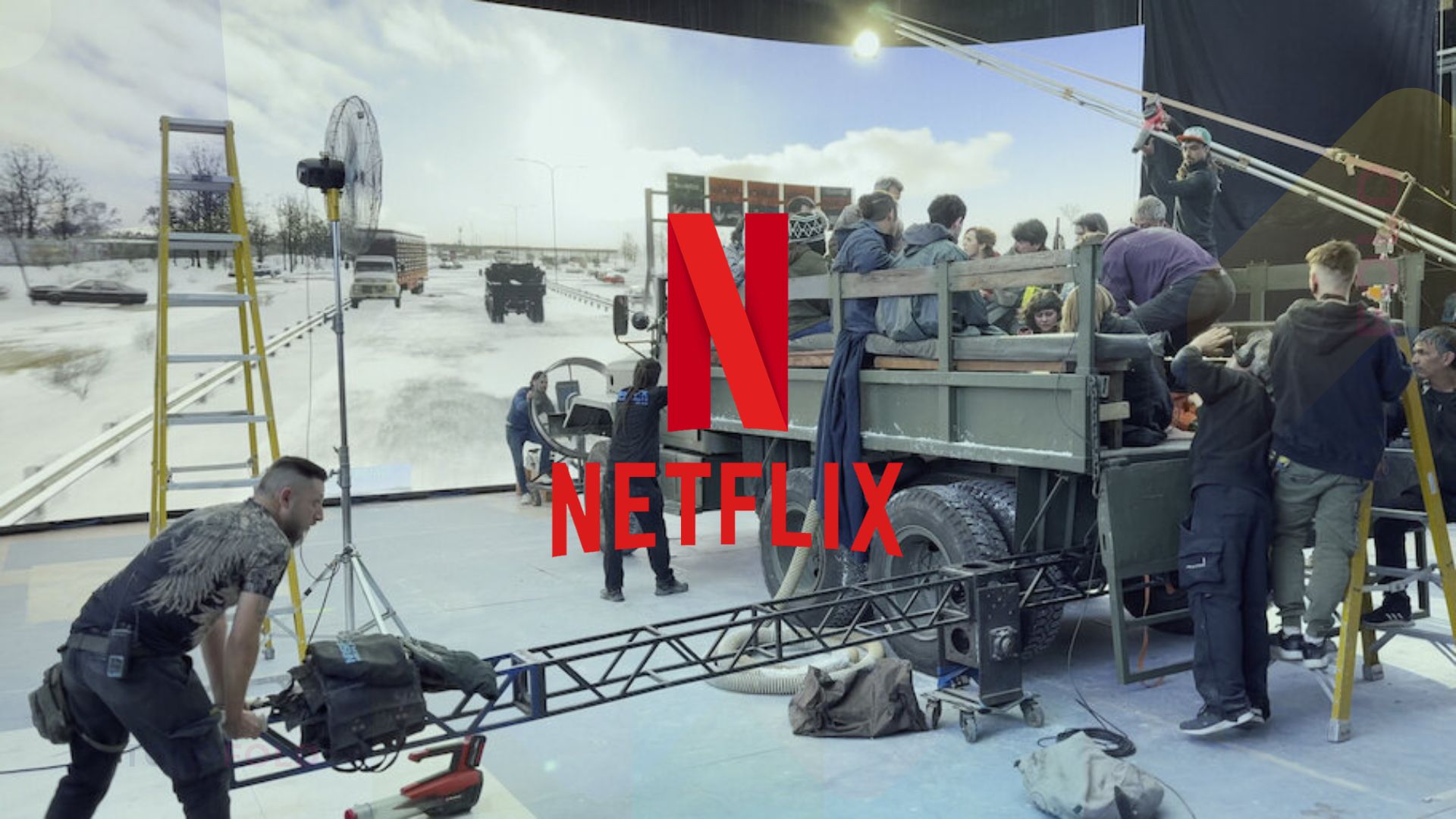Generative AI in ‘The Eternaut’: Netflix’s Quiet Shift Reshaping Streaming’s Economic Future
Netflix’s use of generative AI in The Eternaut, its Argentine sci-fi series, marks a quiet but transformative step in streaming economics. The platform employed AI to create a dramatic building collapse sequence—completed ten times faster and at a fraction of the cost of traditional CGI. While unnoticed by most viewers, this move signals a shift toward more efficient, scalable production methods for high-quality visual effects, particularly outside big-budget Hollywood projects.
How AI Reshaped The Eternaut
The generative AI tool—functioning similarly to MidJourney or DALL-E—was prompted with text or image inputs to design the collapse scene, later integrated into live-action footage. This approach slashed production time and costs, enabling the mid-budget series to achieve blockbuster-level effects. As Netflix’s co-CEO Ted Sarandos noted, the technology isn’t about replacing artists but “empowering creators with tools” previously reserved for high-end productions.
Industry experts point to the seamless execution: viewers praised the show’s visuals without realizing AI was involved. However, the broader implications are harder to ignore. Streaming platforms, grappling with rising production costs, now see AI as a way to democratize effects work for global content.
Why Netflix Is Betting on AI
Netflix’s push aligns with its strategy to balance cost efficiency and creative ambition. Sarandos framed AI as a means to make production “better, not just cheaper,” citing applications in pre-visualization and shot planning. The success in The Eternaut could accelerate adoption across other Netflix originals, especially non-English titles—a growing priority, given that a third of its Q2 views came from international shows.
But AI’s role extends beyond visuals. Co-CEO Greg Peters highlighted its use in personalized recommendations (e.g., conversational search queries) and upcoming AI-driven interactive ads. These efforts aim to enhance user retention and monetization—critical as competition intensifies.
Industry Reactions and Future Steps
The revelation sparked mixed responses. While some creators worry about job displacement, Netflix insists AI is a collaborator, not a replacement. The company’s internal production team worked directly with The Eternaut’s crew, suggesting a hands-on integration model.
Other studios are watching closely. Disney and smaller players have experimented with AI, but Netflix’s public acknowledgment sets a precedent. As Sarandos argued, the goal isn’t cutting corners but elevating storytelling—a sentiment echoed by those who see AI as a tool for human creativity.
| Aspect | Detail |
|---|---|
| AI Tool | Unnamed, but akin to MidJourney/DALL-E |
| Cost Savings | Significant reduction vs. traditional VFX |
| Global Impact | 33% of Netflix’s Q2 views from non-English titles |
| Next Steps | Expanding AI to ads, recommendations, and more productions |
The quiet debut of AI in The Eternaut may well herald a new era—one where streaming’s economic future hinges on blending human ingenuity with technological efficiency.







